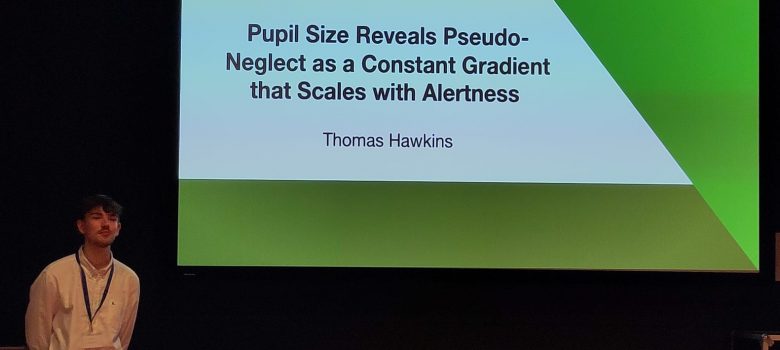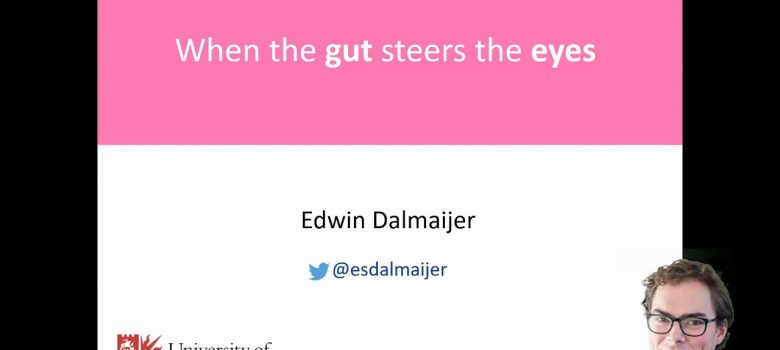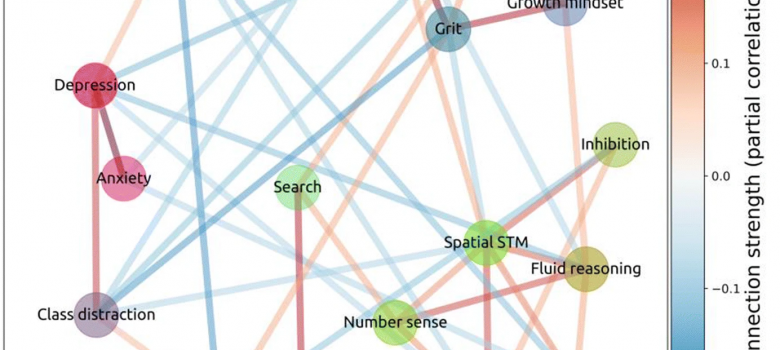Category: Research
Posts on new research by Edwin Dalmaijer’s group at the University of Bristol.
Evgeniya presents poster at SWUC 2025
New article on cumulative route improvements
Tom speaks at the 1st Dutch Pupillometry Symposium

Tom Hawkins gave a talk at the 1st Dutch Pupillometry Symposium. He presented a computational model of pseudo-neglect as an attentional gradient over the horizontal plane that fades out over time. It managed to capture individual differences in spatial bias, and when and how fast participants’ alertness faded during a task.
Talk at Bristol Neuroscience Showcase
How socioeconomic status (in)directly impacts child development
Using the BioPac MP160 in Python
Via Twitter, Dennis Hernaus (@hernaus_tweets) contacted me about my MPy150 library for BioPac’s MP150 system (read this older blog post for more info). After some fiddling, he managed to get his MP160 device to work in Python, and I figured it would be good to share his efforts here.
Testing children with iPad games
Testing children is less easy than testing adults, primarily because they lack the social inhibition to tell psychological researchers to go away with their super boring tests. This presents a problem in developmental research: How do you reach these kids?! We developed a bunch of iPad games to test the cognition of an entire classroom in one go. And it works!
Computer vision: Taylor Swift saliency mapping
In cognitive neuroscience, we’re interested in what guides human attention. We distinguish between influences from high-level cognition (e.g. current goals), and low-level visual features. There are highly sophisticated models of how visual features such as intensity, colour, and movement guide human attention. Computerised implementations of these models allow computers to mimic human eye movements. Turns out Taylor Swift’s amazing videos are an excellent example!
When do you “see” what you see?
That is one confusing title! The point is this: When light reaches your eyes, you’re not immediately aware of that. It takes some time for your visual system to process the light, and to translate it into something the rest of your brain can work with. When that’s done, you consciously ‘see’. In a new paper, we show that the process of becoming aware of what you see, is affected by how large an object is. With an oversimplified example: If light bounces of a puppy, into your eyes, it takes a fraction of a second for you to become aware of the puppy. And it takes a fraction of a second longer if it’s a fat puppy.







